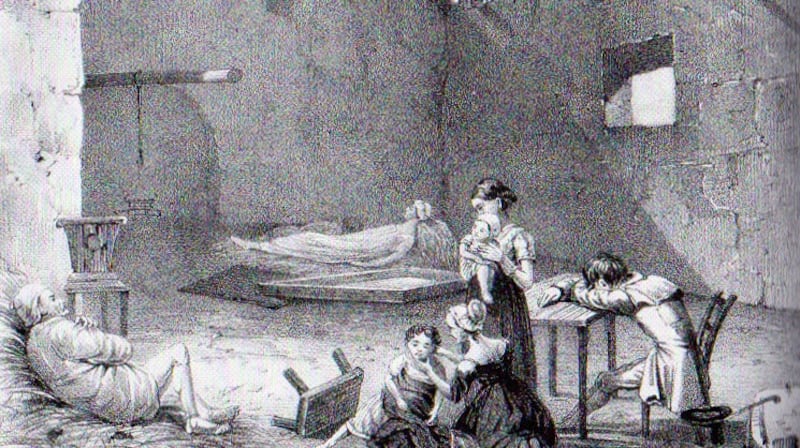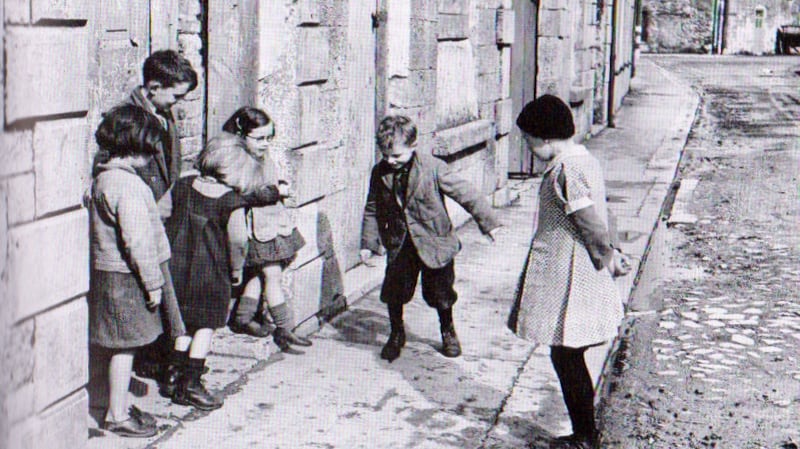In 1815 Tipperary was in a state of ferment with acts of violence due to agrarian disorder by secret societies such as the Whiteboys. Into this maelstrom stepped a 12-year-old English boy, George Borrow, accompanied by his father, a captain in the West Norfolk Regiment of militia dispatched to quell the trouble.
Set against the social, military and political background, his time in Templemore and Clonmel is recounted in George Borrow in Tipperary 1815-1816 (Lavengro Press, £15) by Colm Kerrigan. In later life Borrow went on to become the renowned author of Wild Wales, The Bible in Spain and the quasi-autobiographical Lavengro (1851) which contains atmospheric Irish chapters. But it was his time at the military barracks in Clonmel – where on the parade ground he learned to sing Croppies Lie Down – and in his schooling which had an influential bearing, leaving him with many golden memories.
At the Clonmel Free School, Borrow took an interest in Irish history and folklore. He was introduced to the Irish language by a fellow student called Murtagh, a ragged hobbledehoy, who in a celebrated deal tutored him in return for a pack of playing cards. His early experiences of life in turbulent Tipperary where he learned what he referred to as “broken Irish” became stepping stones to proficiency in French, Spanish and Welsh. Borrow excelled at writing portraits of Irish people in his books and Kerrigan concludes that he was a seminal figure in the revival of Irish language and culture.
Thirty years after Borrow's time in Tipperary, the Famine devastated many parts of Ireland, especially the west where Kerry was particularly afflicted. Powerful accounts of the distress endured by thousands are graphically depicted in Bryan MacMahon's The Great Famine in Tralee and North Kerry (Mercier Press, €35).

Covering the years 1845-52, the book honours those who died and acknowledges the work of conscientious people who tried to help. For years few spoke of the horror, referred to by the author as “the long silence”. So many were dying in Tralee workhouse that only the weekly total was reported rather than recording the deaths by name. But the horrifying individual stories of hunger and hardship through the voices of people who suffered is a major strength of this study and MacMahon does not shy away from painting a harrowing picture of how they died or were left traumatised.
Eighty years ago, a major survey organised by the Schools' Folklore Collection was carried out by pupils under the guidance of their teachers when some interviewees recalled the Famine. The historian Caitríona Hastings taps into this invaluable archive of memory in City of Streams, Galway Folklore and Folklife in the 1930s (History Press, €20).

Senior pupils from 14 national schools in Galway gathered stories of local happenings, strange animals, and the care of feet (some children walked barefoot in summer). The 1930s was a period of dramatic change but life for many was governed still by traditional observances and superstitions. Cutting hair on a Monday would bring bad luck while seeing a fox was a sign of good weather; beliefs in old remedies included eating raw turnip to cure heartburn, or drinking boiled onion in milk for a pain in the stomach.
A Donegal church has commemorated its golden jubilee with the publication of a biography mixing historical reminiscence and reflection. The Church of St Aengus (edited by Dónal Campbell, €10), a landmark building in Inishowen, is also known as Burt chapel. Designed by the doyen of Irish church architecture, Liam McCormick, his inspiration for its circular shape came from the nearby Grianán of Aileach ancient fort. The church authorities were uncertain about his plans and McCormick took an artistic risk which led to a fallout with his partner Frank Corr. However, he was awarded a gold medal from the Royal Institute of the Architects of Ireland for his work which propelled him to national prominence.
Intriguing stories behind the building of the church involving architects, artists, and the clergy are recalled, as well as the work of builders, stonemasons, carpenters and joiners. A measure of how the financial world has changed is revealed in the fact that it cost £74,000 to build in the mid-1960s, while recent roof repairs, dry rot control and rewiring totalled €508,000.
A half-century of achievement is also being marked by the Leitrim Guardian 2018, Vol 50 (edited by Bláithín Gallagher, €12). Since 1968 this renowned annual journal has celebrated local pride and community identity. A delightful blend of articles reflects the county's social, cultural and sporting life with many writers considering how it has changed. Descriptions of amateur drama, dancing and music societies, reflect that Leitrim spends more per capita on the arts than any other county in the Republic.
Paul Clements is a writer and journalist.















